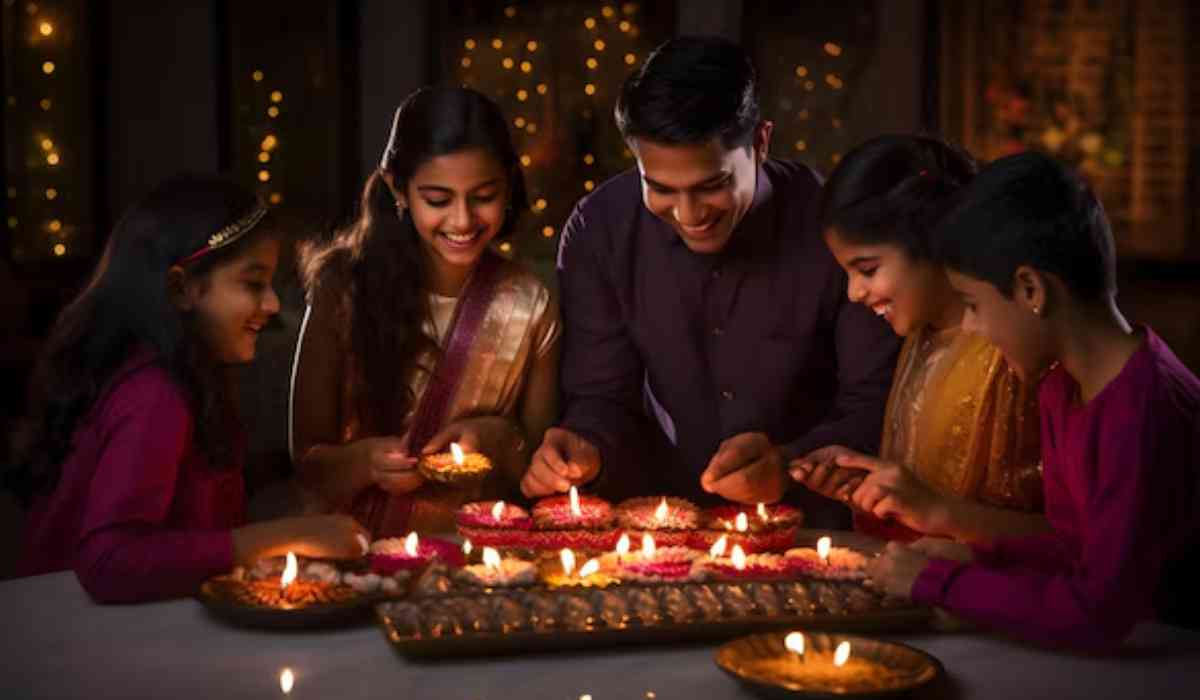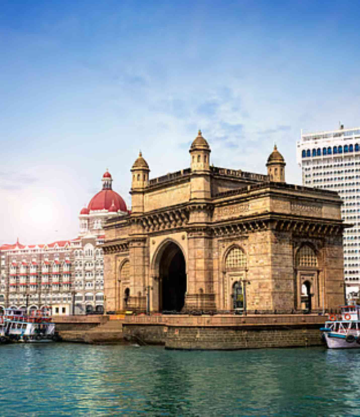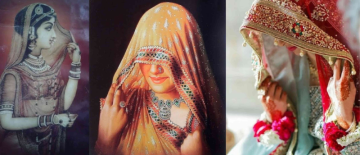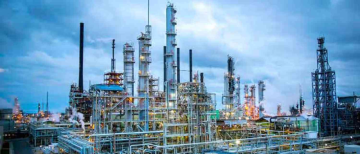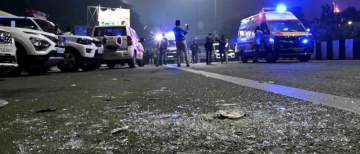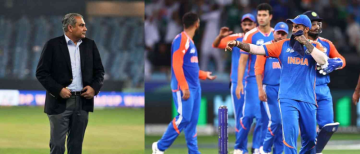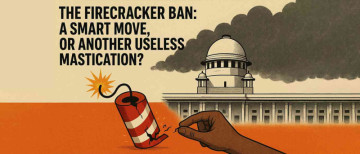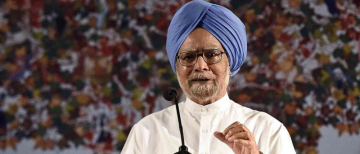As Diwali approaches, excitement builds up across India. People eagerly anticipate the vibrant celebrations, lights, and festive gatherings that make this time of year so special. However, this comes with rising concerns about air pollution, health hazards, and environmental degradation.
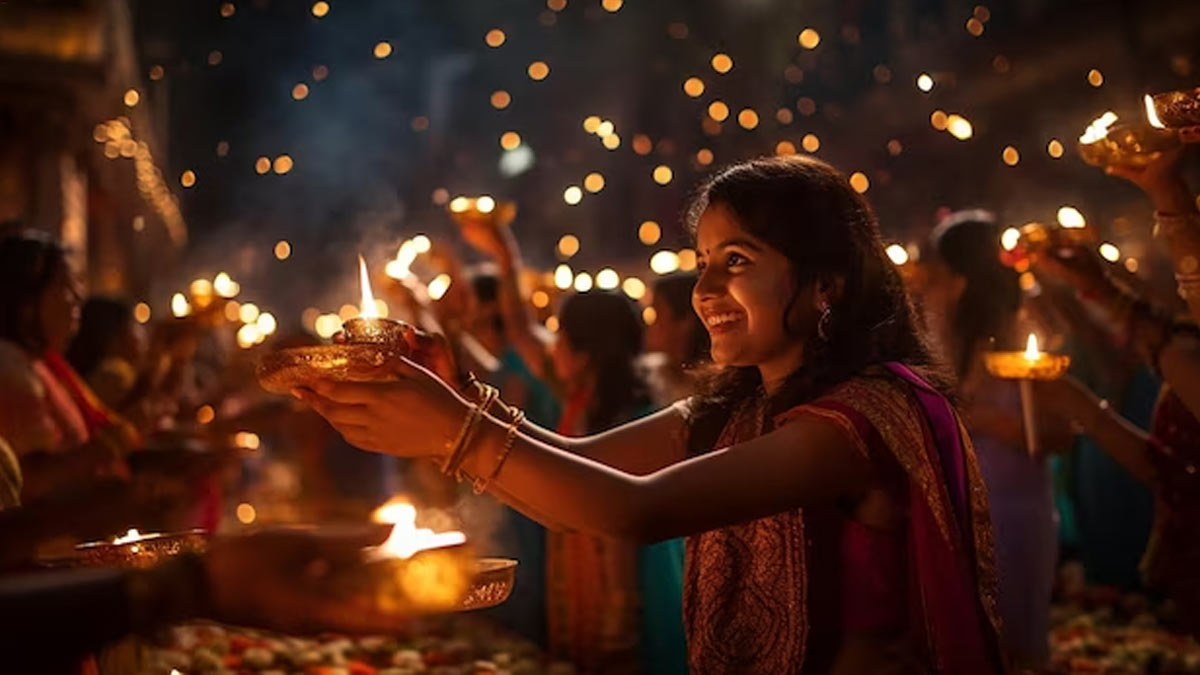
The Pollution Problem in Delhi
Delhi’s air quality has drastically deteriorated in recent years, with the Air Quality Index (AQI) frequently touching dangerous levels, especially during the winter and festive seasons. This year is no different. The Commission for Air Quality Management (CAQM) has already invoked stage two of the Graded Response Action Plan (GRAP) as Delhi's AQI is projected to remain in the "very poor" category. The pollution is exacerbated by unfavorable weather conditions and the annual spike in pollution from stubble burning in neighboring states like Haryana and Punjab.
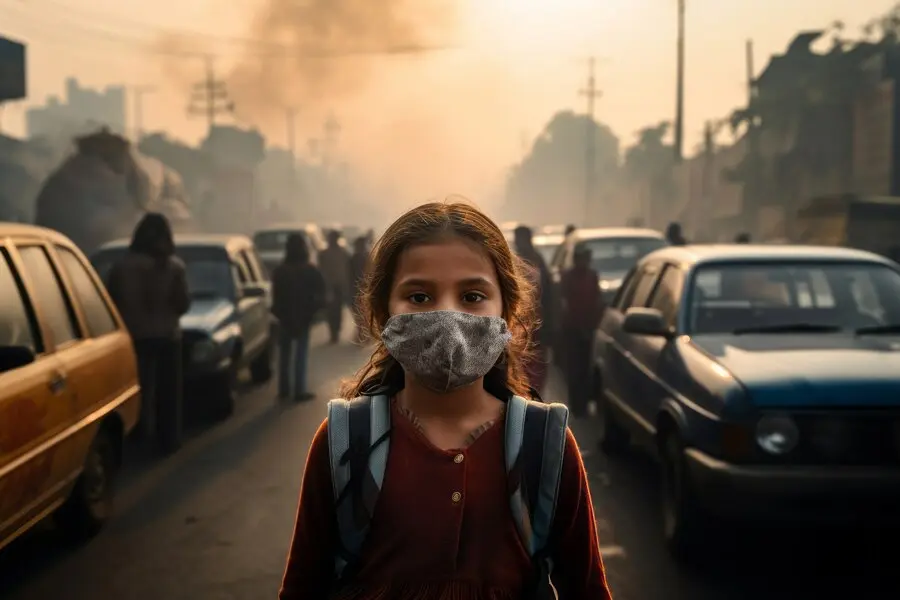
As of today, Delhi’s AQI has reached hazardous levels, with particulate matter (PM) exceeding 999 particles per cubic meter in some areas. According to data from the Central Pollution Control Board (CPCB), Delhi’s AQI was recorded at 462, a level considered hazardous. Unfortunately, no city in North India currently has air quality classified as "good" or even "satisfactory." The situation is alarming, and with Diwali around the corner, it’s bound to get worse if proper measures aren't taken.
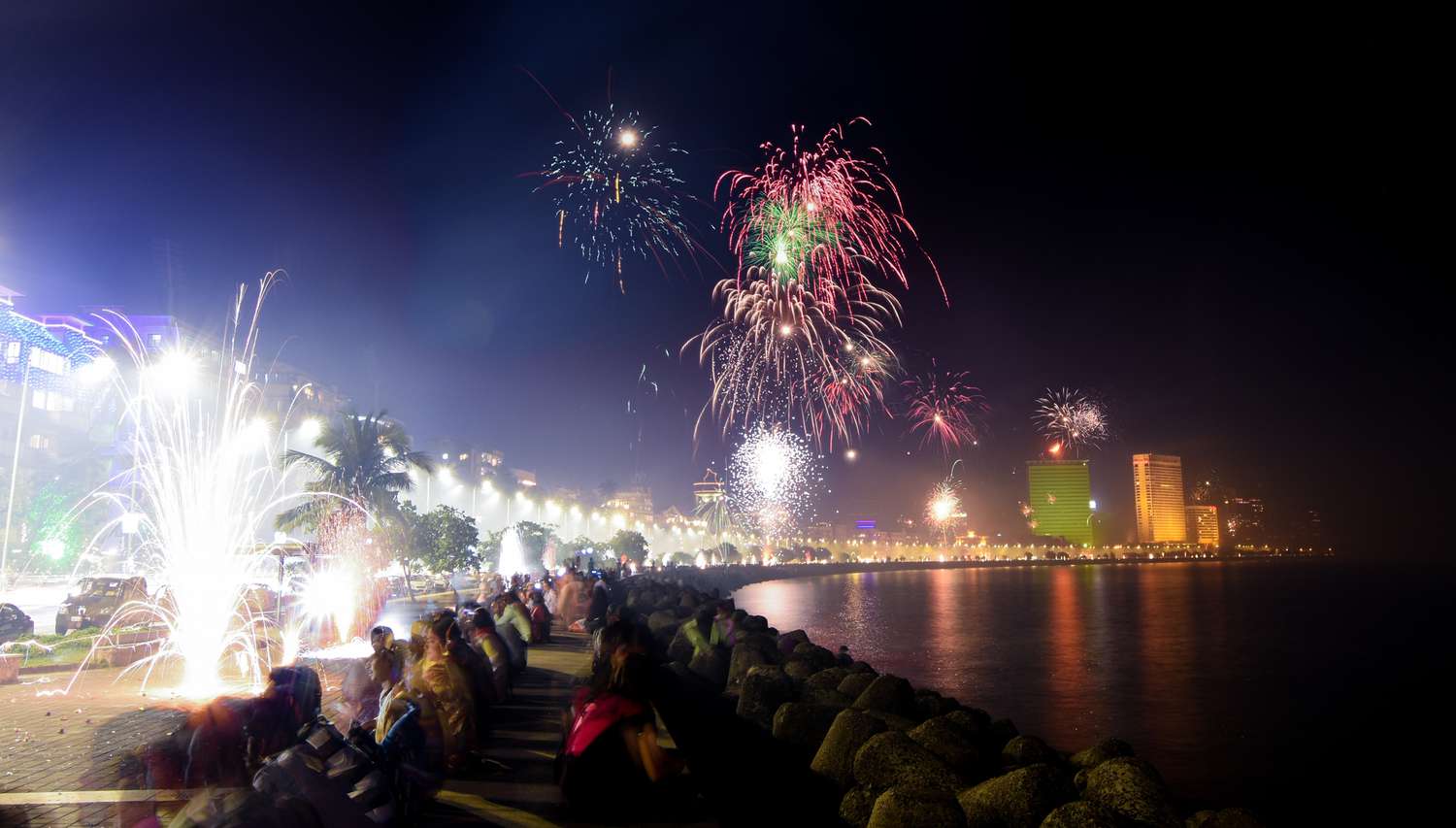
Firecrackers and Their Contribution to Pollution
While stubble burning, vehicular emissions, and construction activities account for most of Delhi’s pollution, the use of firecrackers during Diwali worsens the situation dramatically. Though firecrackers may represent a smaller share of overall pollution, their impact during Diwali can be devastating. They push the already polluted air into hazardous levels, making it even more dangerous for people to breathe. Firecrackers release harmful particulate matter (PM) and toxic gases, including nitrogen dioxide and sulfur dioxide. These substances are directly linked to respiratory problems such as asthma, allergies, heart issues, and other health conditions. Many people may have already experienced some of these symptoms during past Diwali seasons. The harmful impact of firecrackers on the air quality cannot be overstated, and with the AQI already touching hazardous levels, bursting crackers will only make the situation worse.
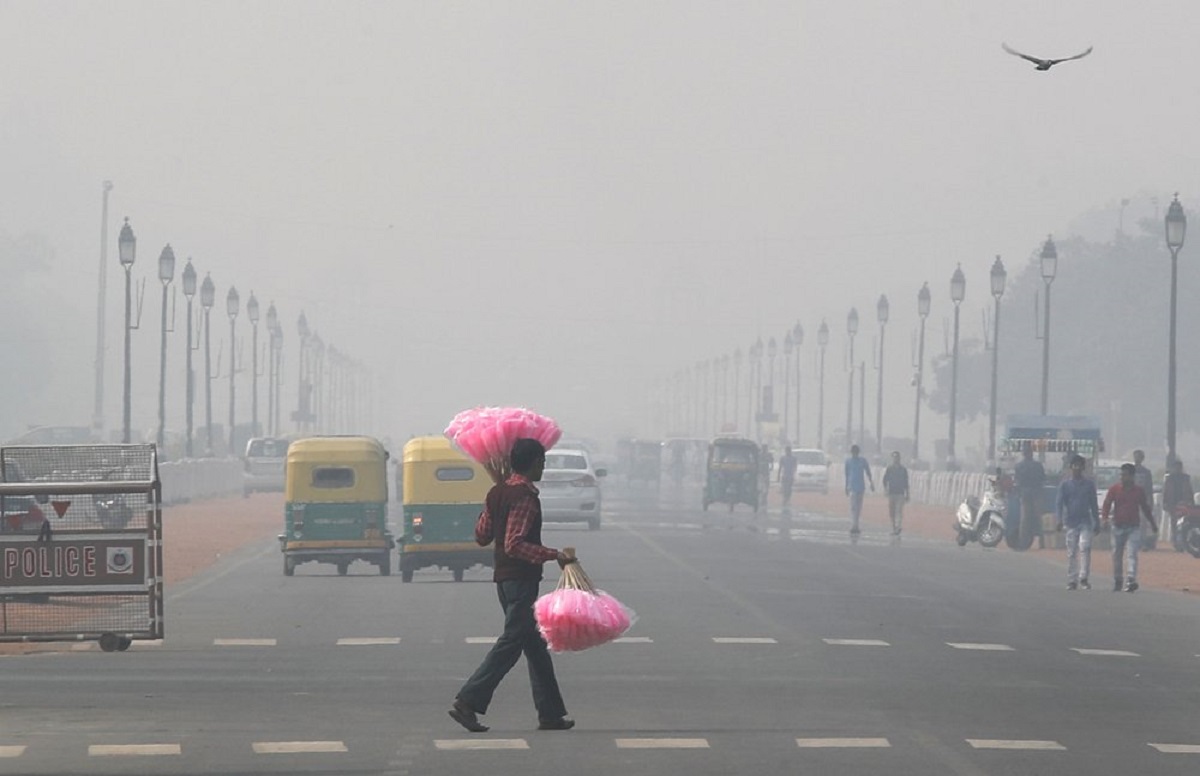
Should Diwali Be Celebrated in a Gas Chamber?
As Diwali approaches, there is a festive charm in the air. This is the time of year that many eagerly await for its joy and celebration. However, it also brings dangerous health hazards. The timing of Diwali coincides with the post-harvest season when farmers in Punjab, Haryana, and parts of Uttar Pradesh burn stubble and crop residue, transforming Delhi-NCR into a gas chamber. We must ask ourselves, Should the festive season, which should bring joy and togetherness, feel like we are trapped in a cloud of pollution? In ancient India, Diwali was associated with happiness, the lighting of diyas, sweets, and the sharing of love.
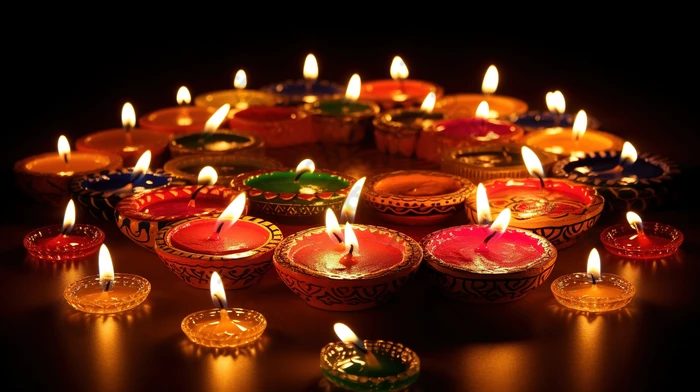
Now, it is increasingly linked to pollution, discounts, offers and market profits. Diyas has been taken over by LED and colourful lights and making of traditional sweets is now a days taken over by swiggy and zomato. There is an important historical fact to be noted Diwali was originally celebrated without firecrackers. Crackers became a part of Diwali much later, primarily after globalization. The tradition of celebrating Diwali with noise and pollution is not part of our cultural roots. Indian festivals have never endorsed practices that degrade our environment, particularly during times meant for joy and togetherness. However, as globalization connected India with the world, our festivals began to adopt practices that are neither healthy for us nor for our mother Earth.
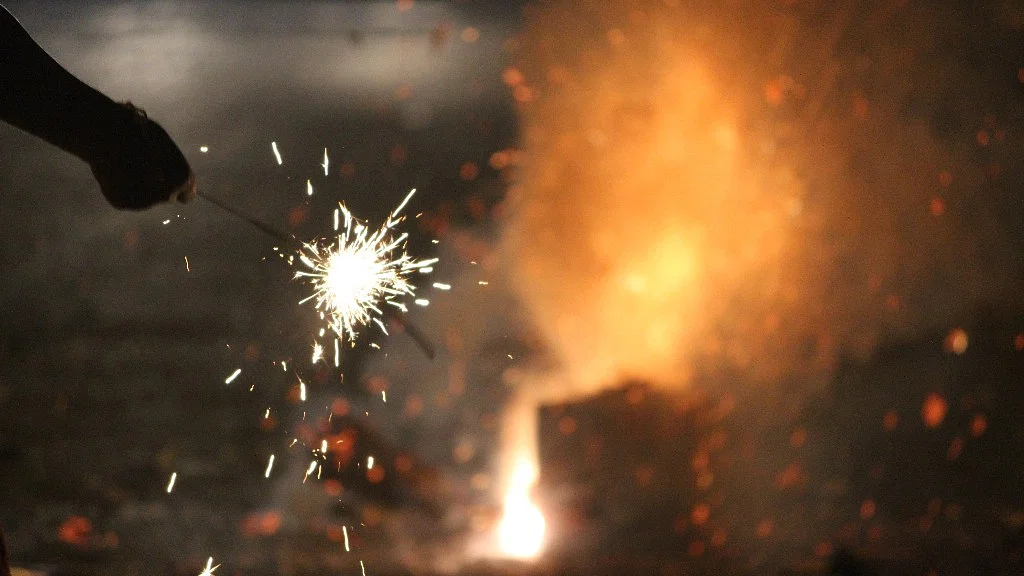
The Historical Context of Firecrackers
The use of firecrackers during Diwali is a relatively modern practice in India. Historically, firecrackers were introduced around the 1400s for warfare and were later used in royal celebrations during the 16th and 17th centuries. It wasn't until after India’s independence in 1947 that common people began using fireworks to celebrate Diwali. Fireworks became associated with wealth and royalty during this period, and over time, this custom trickled down to common households. With growing concerns about pollution, it's essential to remember that Diwali can still be celebrated with joy and light, without the harmful effects of firecrackers. In fact, the essence of Diwali lies in the spirit of togetherness, lighting diyas, and spreading happiness and not in causing harm to the environment and public health.
Inputs by Agencies
Image Source: Multiple Agencies
Ⓒ Copyright 2024. All Rights Reserved Powered by Vygr Media

